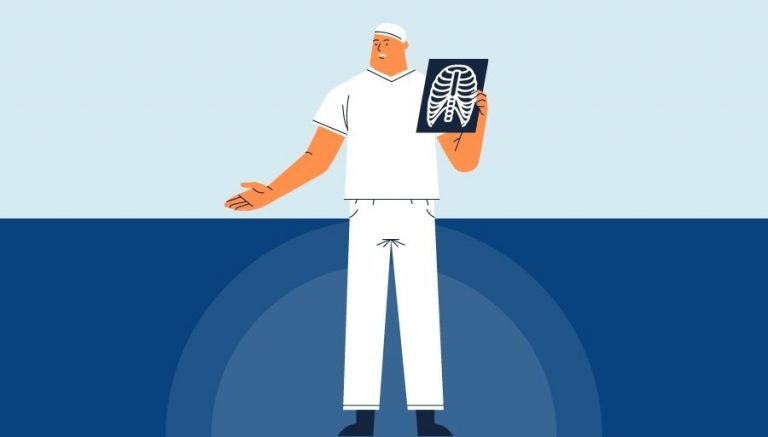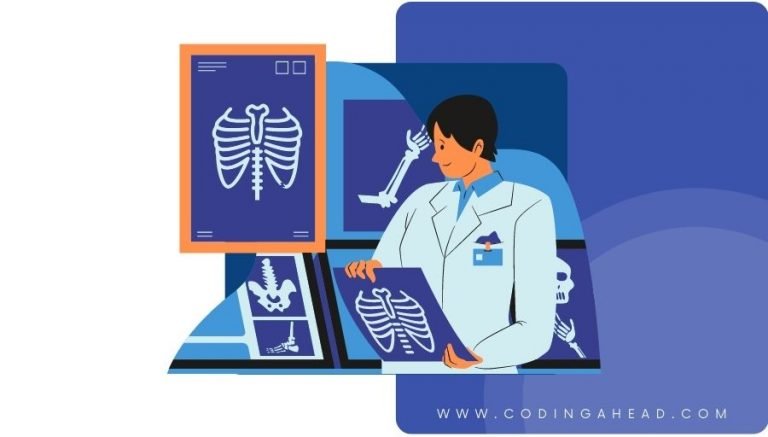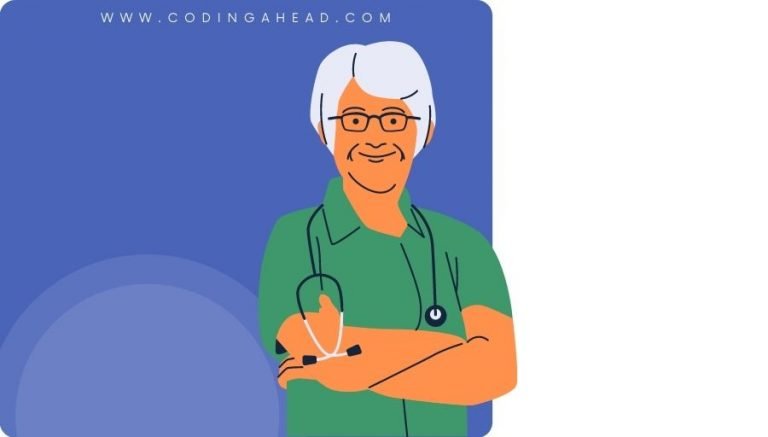2010 ICD-9-CM New, Revised and Deleted Codes
CDC has created 313 newly added codes, 23 deleted codes and 45 revised codes that would be effective from the date of service October 1 2009. Some interesting changes in the new ICD – 9 – CM includes A new ICD for H1N1 Flu (ICD 488.1) has been added in response to the recent Flu…











